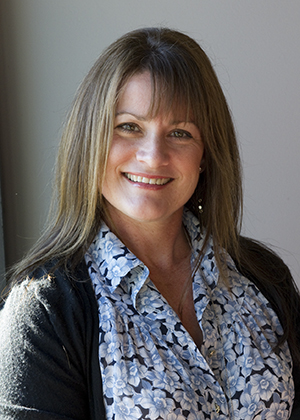It is a step back in time if physical activity disappears from the Year 12 VCE PE curriculum
Media releaseWritten by Alfred Deakin Professor Jo Salmon, Deputy Director Deakin University’s Centre for Physical Activity and Nutrition Research and National Health and Medical Research Council Principal Research Fellow
Changes to the VCE Physical Education (PE) Study Design were made available for public comment last month and it was disappointing and concerning to see the relegation of Physical Activity from the examinable Year 12 VCE PE (Units 3 and 4) to Year 11 only (Units 1 and 2). Instead, it is proposed that the curriculum will have a very narrow disciplinary biophysical base that will focus on individual performance at the elite level.
If the proposed amendments are approved this will not only impact thousands of students and their chosen career paths into tertiary education, it also relegates physical activity to a non-examinable ‘lesser’ topic. To relocate Physical Activity content to Year 11 only will lower the academic level and rigour at which it is currently being taught and assessed, and will make no contribution to students’ university entrance ATAR scores. There is also the potential ripple effect for schools to adopt this strong biophysical individual-level focus from Year 7 in the PE curriculum in preparation for Year 12.
This proposed amendment reflects a major step backwards on a national and even international scale. I challenge anyone to identify a senior PE course anywhere in Australia or the world that solely focuses on the biophysical domains of human movement in Year 12. Most senior PE courses (in Australia and elsewhere) that count towards university entry for certification include content that addresses socio-cultural/psychological domains of human movement.
Relegating physical activity to a non-examinable Year 11 subject flies in the face of investment in this area by government and non-government organisations as well as in the Tertiary sector. In recent years, research institutes and new Masters courses in this field have been established in at least three Victorian universities and course enrolments in this area are strong. All levels of government nationally as well as non-government organisations such as the National Heart Foundation of Australia and VicHealth are increasingly investing in this area as physical inactivity remains one of the top three modifiable contributors to the burden of disease in Australia. The final irony is fewer than 40% of adolescents in Australia are themselves meeting national physical activity guidelines, yet their VCE PE topics will focus on biomechanics and elite performance. I wonder how many more students will be lost to PE as it will just not be relevant to them personally?
As part of the VCE PE review, a sample of Health and PE teachers participated in focus groups and some were dissatisfied with teaching physical activity in Year 12 as it was not considered ‘scientific enough’ and was ‘boring’ to teach. If so, rather than removing physical activity from Year 12, a focus on improving the quality of the curriculum would be a more appropriate solution. Imagine if mathematics was removed from Year 12 because teachers found it ‘boring’! Professional development may be needed for PE teachers so that they can appreciate the ‘science’ of physical activity and health that sees special issues on this topic published in the Lancet, one of the top medical journals in the world.
Given recent advances in transdisciplinary physical activity research, students undertaking studies in PE need to become familiar with ‘systems thinking’ if they are to participate alongside the next generation of leaders, policymakers and researchers to promote healthy and physically active lifestyles. It is no longer acceptable to teach young people that a person’s health and physical activity is individually or biophysically determined. It is certainly not relevant to the majority of the population who are inactive. As contemporary researchers and leaders in the field continue to blur traditional boundaries between the biophysical, biological, behavioural, social, and public health disciplines, so too must we prepare our future leaders, educators, health professionals and researchers to draw from a range of disciplines and frameworks to develop a deeper understanding of physical activity.
The challenge for Year 12 VCE PE in our state is to prepare students who are capable of looking beyond a narrow biophysical discipline base with a focus on individual attributes (skill, fitness, biomechanics and motivation), when considering their own and others’ healthy active lives. VCE PE must look towards progress being made in broader health and physical activity science as a model for bridging paradigmatic divides and progressing beyond biophysical perspectives.
Let’s hope it’s not too late, that common sense prevails, and the Victorian Curriculum Assessment Authority’s (VCAA) Review Panel retains Physical Activity in the Year 12 VCE PE curriculum. Change is good so long as it moving in a forward direction in line with current evidence and practice.
(With acknowledgement to the 40 academics who communicated this shared concern to the VCAA)
Share this story
 Professor Jo Salmon
Professor Jo Salmon
